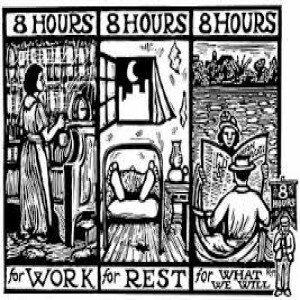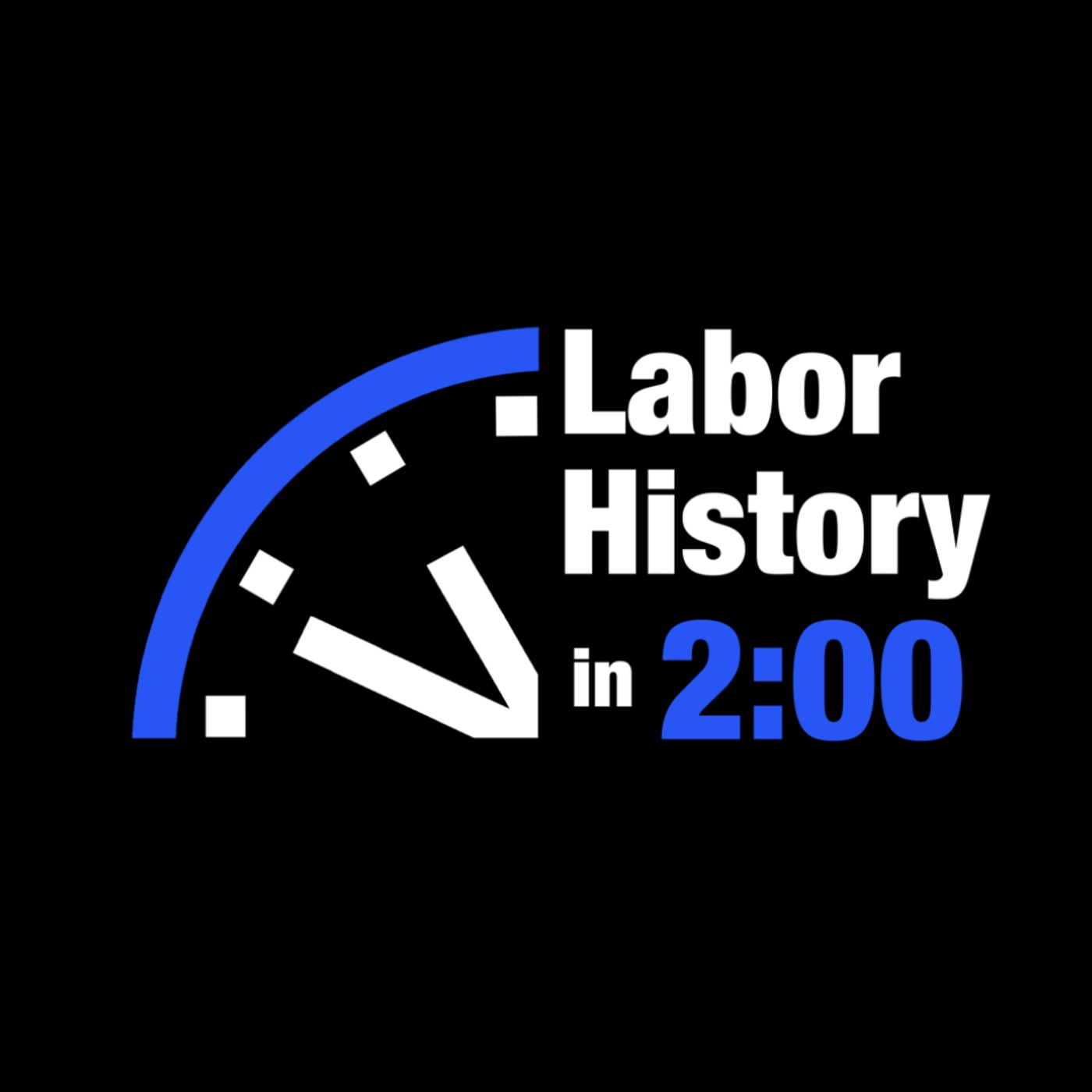Episodes

Tuesday Oct 24, 2023
Tuesday Oct 24, 2023
On this day in Labor History the year was 1940.
That was the day that the federally mandated 40-hour work week went into effect for U.S. workers.
The 40-hour week had been passed as part of Fair Labor Standards Act in 1938.
Making five days of eight hour work the national standard had long been a top goal for labor.
For decades’ union members organized, demonstrated, when on strike, and even died for the right to work eight hours.
Labor argued that reducing the long, unregulated hours of toil was a matter of worker’s health and safety.
It was also a matter of dignity.
A more reasonable work week would give workers the time to spend with their families, to pursue other interests, and to have a full life outside of the grinding schedule demanded by many bosses.
Before the turn of the twentieth century, the eight-hour day movement declared “Eight hours for work, eight hours for rest, eight hours for what we will!” as their motto.
In 1886, nationwide rallies and strikes for eight hours took place on May 1st.
Today, May Day is celebrated as a worker’s holiday around the world in remembrance of that struggle.
In 1888, the American Federation of Labor took up the cause, and the Carpenters union became the standard bearer for eight hours.
Ten years later the United Mine Workers union members won the eight-hour day.
In 1916, the Adamson Act made eight hours the standard for interstate railroad workers.
A decade after that, Ford Motor Company, a leader in U.S. industry established the forty-hour work week.
Each of these victories were a step along the way to making the eight-hour day a reality and the law of the land.


Comments (0)
To leave or reply to comments, please download free Podbean or
No Comments
To leave or reply to comments,
please download free Podbean App.